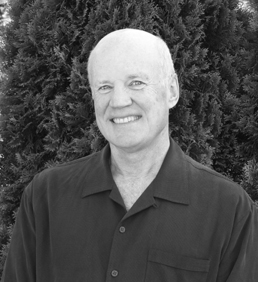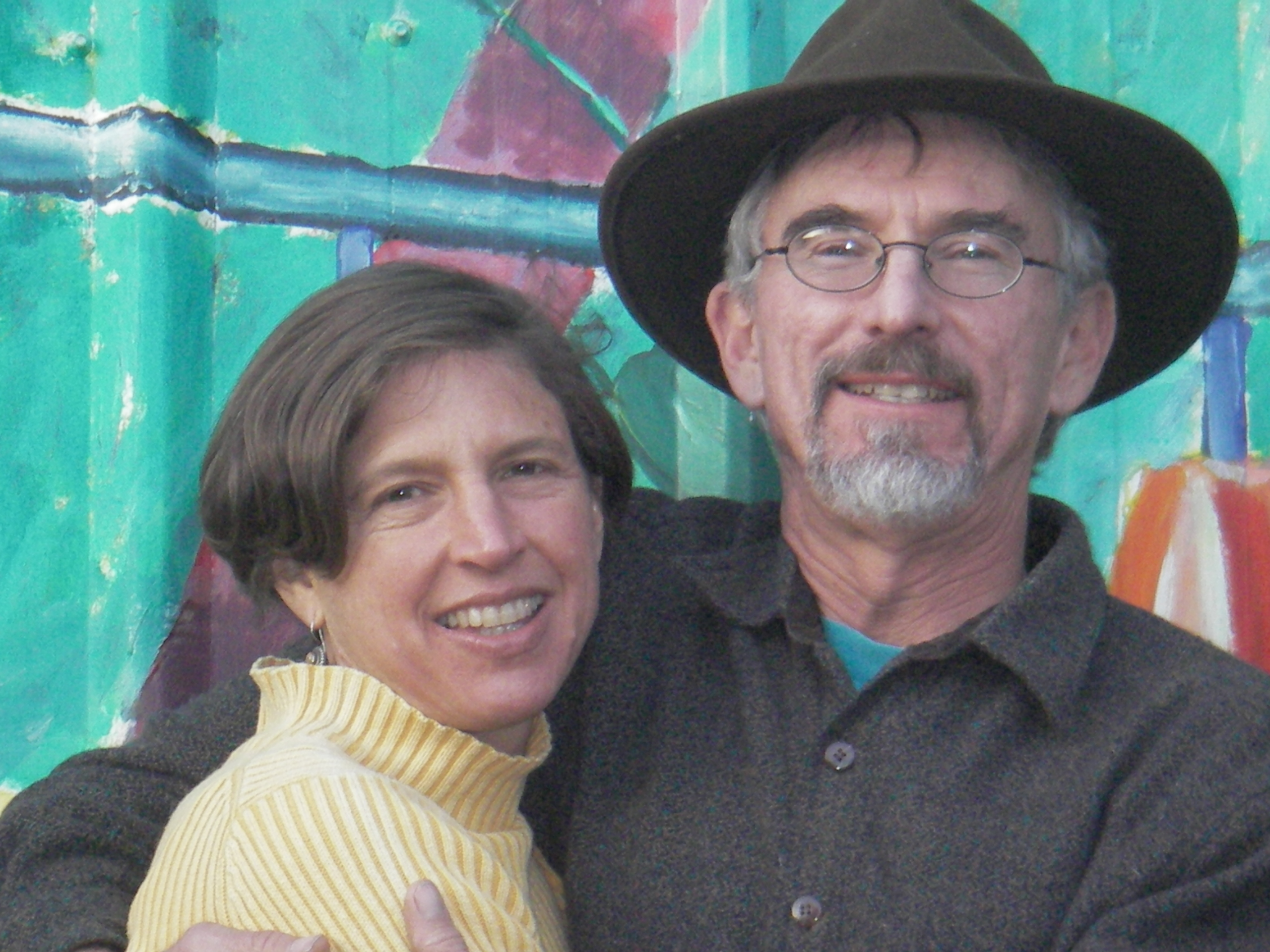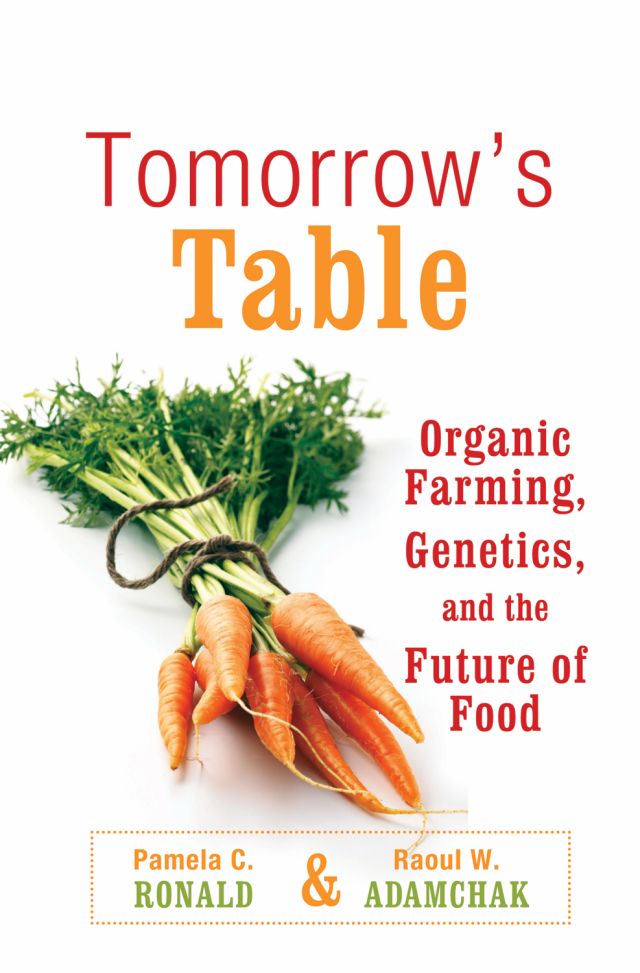
1. National Framework for Sustainable Schools
The government would like all schools to be sustainable by 2020, and has produced guidance within an eight-doorway framework. SSS adheres to two of these doorways in particular; food and drink, and purchasing and waste. Schools can be sustainable through being model suppliers of healthy, sustainable food and drink; showing strong commitments to the environment; and maximising their use of local suppliers. SSS achieves this through increasing children’s awareness of where food comes from, food chains, and the processes used in growing, harvesting and food preparation.
SSS connects to the purchasing and waste doorway by carefully sourcing goods and services of high environmental and ethical standards that have been obtained from local sources where practicable. All of SSS’s materials for each book and accompanying pack compliment these principles.
2. Healthy Schools
In ten years the National Healthy Schools programme has become one of the country’s most widely embraced initiatives in schools. Schools need to satisfy criteria in the four core themes within the programme: Healthy eating, physical activity, PSHE, and emotional health and well-being.
SSS promotes inclusion through bringing together cross-curricular learning through an interactive approach. Children initially engage in a written and visual text, and have close links to ICT through the website extras. Connecting the imaginative seed-based characters with further learning opportunities brings an extra ‘real and meaningful’ experience to learning, and allows for children’s individual learning styles.
Activities such as growing seeds, or making recipes supports all areas of Healthy Schools and promotes positive emotional health and wellbeing so children can understand and express their feelings, build their confidence and emotional resilience, and therefore their capacity to learn.
3. Every Child Matters Agenda
Every Child Matters: Change for Children is a comprehensive approach to the well-being of children and young people from birth to age 19. The five outcomes for children and young people are: Be healthy, stay safe, enjoy and achieve through learning, make a positive contribution to society, and achieve economic well-being.
SSS encourages children to work together in more integrated and effective ways through growing, harvesting and cookery based activities that link with the central imaginative narratives of the stories. Children are learning and reflecting on their environment through a variety of creative and exciting cross-curricular links, and our fulfilling of outcomes of the Every Child Matters agenda.
 4. Growing Schools Initiative
4. Growing Schools Initiative
Growing schools promotes learning outside the classroom and has been founded in response to the government’s needs for children to have the chance to learn in new, more relevant and exciting ways. By having direct experiences of growing within the natural environment, this has been shown to be particularly effective in benefiting those who find classroom learning difficult.
SSS connects directly with this principle through developing children’s understanding of where food comes from and the role of farmers and growers, the interdependence of the urban and rural environments, and how and why we should care for the natural world.
5. Learning outside the classroom
Learning
Because I like to start my day out with some good news. Here is a neat article about a company in the UK who are making school exercise books out of a sugar cane byproduct rather than conventional wood-based pulp, and the best feature is that the books are no more expensive.
From the BBC
Ms Teal said using agricultural crops rather than wood gave the added
advantage of reducing deforestation, and helped protect fragile ecosystems that
would otherwise break down as a result of logging in forested areas.
"In this instance it costs no more to buy an eco-friendly green product than
a conventional wood-based paper product," said Ms Teal.
"The Consortium is the first supplier to source this product and with
sustainability becoming increasingly important in the classroom, we think that
once schools have tried these exercise books, there will be no going back."
I hope the project has legs, if it works out well we may see publishers start producing textbooks from this material as well.
Yesterday we posted part two in our dialogue between Robert Paarlberg (who recently published Starved For Science) and Pamela Ronald (author of Tomorrow’s Table). These two experts have been debating all week how to best ensure a safe food supply with the least amount of damage to the environment. This is the third and final part of the series, so be sure to read parts one and two first.
Robert Paarlberg is the Betty F. Johnson Professor of Political Science at Wellesley College. His  most recent book is Starved For Science: How Biotechnology is Being Kept Out of Africa(Harvard University Press), explains why poor African farmers are denied access to productive technologies, particularly genetically engineered seeds with improved resistance to insects and drought.
most recent book is Starved For Science: How Biotechnology is Being Kept Out of Africa(Harvard University Press), explains why poor African farmers are denied access to productive technologies, particularly genetically engineered seeds with improved resistance to insects and drought.
Pamela C. Ronald is a Professor in the Department of Plant Pathology at the University of California, Davis. Her laboratory has genetically engineered rice for resistance to diseases and flooding. She is an elected Fellow of the American Association for the Advancement of Science. Her most recent book, written with Raoul W. Adamchak, is Tomorrow’s Table: Organic Farming, genetics, and the Future of Food, which argues that a judicious blend of two important strands of agriculture–genetic engineering and organic farming–is key to helping feed the world’s growing population in an ecologically balanced manner.
the Department of Plant Pathology at the University of California, Davis. Her laboratory has genetically engineered rice for resistance to diseases and flooding. She is an elected Fellow of the American Association for the Advancement of Science. Her most recent book, written with Raoul W. Adamchak, is Tomorrow’s Table: Organic Farming, genetics, and the Future of Food, which argues that a judicious blend of two important strands of agriculture–genetic engineering and organic farming–is key to helping feed the world’s growing population in an ecologically balanced manner.
Dear Pam,
Thanks for your last note. I like your final observation:
“So what I advocate is intensive farming using the most ecologically responsible approaches. In our view this would include many organic production practices and GE crops.”
I am attracted, as you are, to a number of organic production practices. What I find less attractive are the  strict prohibitions in organic farming against some practices, such as the prohibition against all synthetic fertilizer use, or against all synthetic pesticide use. In many cases it will make ecological sense to restore soil nutrients by using a combination of both compost and synthetic nitrogen, yet the rules of organic certification make this impossible. It makes ecological sense, in many cases, to adopt an integrated pest management strategy, eliminating the routine use of synthetic insecticides yet keeping the chemical option available for the occasional circumstance when pest damage crosses a certain threshold. Yet once again the rules of organic certification make this practice impossible, since no use of synthetics is permitted.
strict prohibitions in organic farming against some practices, such as the prohibition against all synthetic fertilizer use, or against all synthetic pesticide use. In many cases it will make ecological sense to restore soil nutrients by using a combination of both compost and synthetic nitrogen, yet the rules of organic certification make this impossible. It makes ecological sense, in many cases, to adopt an integrated pest management strategy, eliminating the routine use of synthetic insecticides yet keeping the chemical option available for the occasional circumstance when pest damage crosses a certain threshold. Yet once again the rules of organic certification make this practice impossible, since no use of synthetics is permitted.
I have another question about the rules of organic certification, which say it is perfectly all right to use “natural” poisons to kill insect pests. What is it that allows us to assume naturally occurring insecticidal substances are good, while those fabricated by people are always bad? This rule seems to derive, a bit too much, from the pre-scientific views held by the mystics and romantics who originated “biodynamic” and organic farming a century or more ago.
But perhaps I am missing something here.
Thanks,
Rob
Dear Rob
The organic certification system provides guidelines for a biologically-based agricultural. One of the points of our book is that a truly sustainable agriculture will need to integrate many of these organic,  scientifically-based principles. Yet it will also need to integrate new crop varieties, including those GE crops that satisfy principles of sustainable production. As you point out, different locations, crops and farmers will need to employ different approaches to achieve this vision. As Mike Madison, a fellow farmer, neighbor and writer says, “In dealing with nature, to be authoritarian is almost always a mistake. In the long run, things work out better if the farmer learns to tolerate complexity and ambiguity . . . Having the right tools helps”
scientifically-based principles. Yet it will also need to integrate new crop varieties, including those GE crops that satisfy principles of sustainable production. As you point out, different locations, crops and farmers will need to employ different approaches to achieve this vision. As Mike Madison, a fellow farmer, neighbor and writer says, “In dealing with nature, to be authoritarian is almost always a mistake. In the long run, things work out better if the farmer learns to tolerate complexity and ambiguity . . . Having the right tools helps”
Unfortunately such a sustainable system, although increasingly used around the world, has not yet been clearly defined. We begin that dialog in our book and appreciate your valuable contributions.
All the best
Pam
Dear Pam,
Yes, I appreciate the dialog we have begun, and look forward to staying in touch. The point made by Mike Madison is solid. It was Rachel Carson who taught us best not to be either authoritarian or arrogant when working with biological systems, as we still know only a small amount about how they work, and especially how they work with each other. Whenever we introduce agricultural cropping systems into the natural environment we risk doing harm as well as good.
I have just been asked by the Food and Agriculture Organization of the UN to prepare a background paper that tries to imagine how the world can double its food production by the year 2050 (as will be necessary, given projected population and income growth in the developing world between now and then) without doing unwanted harm to the natural environment. A tall order, I think you would agree. I will have your nice book, Tomorrow’s Table, open on my desk when I get started on this task. Your willingness to integrate multiple approaches - from organic to GMO - into the design of sustainable farming systems is a persuasive approach to me. Thank you for opening so many minds with this inclusive approach.
Rob Paarlberg
ShareThis
 4. Growing Schools Initiative
4. Growing Schools Initiative






